
You had it Toyota... You were one or two logical decisions away from having the Supra everyone wanted. You had the chassis & a fairly modular platform, all you needed were the details.
Disclaimer: I daily drive an FRS... So ya know, take this with a grain of salt.
Let me start by clarifying what I’m getting at; the general premise here is that from an engineering & market entrance perspective Toyota had all of the ingredients necessary to build the Supra prior to signing onto the project with BMW. Thus Toyota theoretically could’ve shaved years (& likely a few million dollars) off development time, built off of an established models audience, & given everyone the one thing we’ve been asking for in the GT86 for years, more power.
In order to do this I’ll focus on establishing three primary premises...
- Toyota had a viable chassis to develop further with the 086A chassis
- Toyota’s hypothetical utilization of this preexisting platform to build the Supra has historical precedent
- Toyota could have utilized in-house engine development programs or external programs (i.e. BMW or Subaru) within the 086A chassis
Note: Hereafter this hypothetical vehicle will be referred to as the A86 Supra
Viability of the 086A Chassis
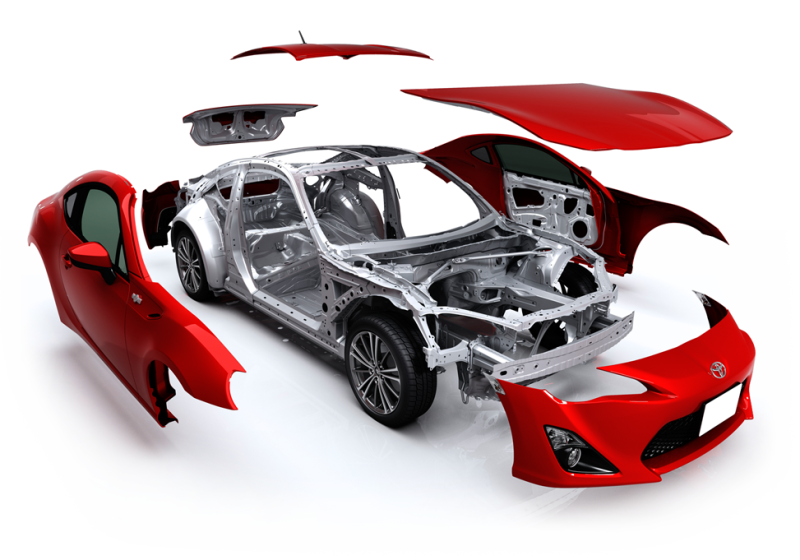
The simplest comparison to lead with is purely dimensional, so let’s go ahead and get that out of the way first...
- Format...
[GT86 | A80 Supra | A90 Supra] - Wheelbase...
[2,570 | 2,550 | 2,470] mm - Track Width (Average)...
[1,529 | 1,523 |1,609] mm - Height...
[1,285 | 1,275 | 1,295] mm - Curb Weight...
[1,298 | 1,510 | 1,520] kg
Using the above to prematurely jump to conclusions we can see the 086A chassis easily qualifies as a candidate for the Supra moniker while providing some weight to play with.
Looking next at the power potential of an A86 Supra chassis let’s turn to an example of a turbo 086A build...
The most important take away from that video (as it pertains to my argument) is that I really want a turbo ki... I mean that the 086A chassis can handle the A90 Supra’s advertised power (335 HP) easily.
Historical Precedent
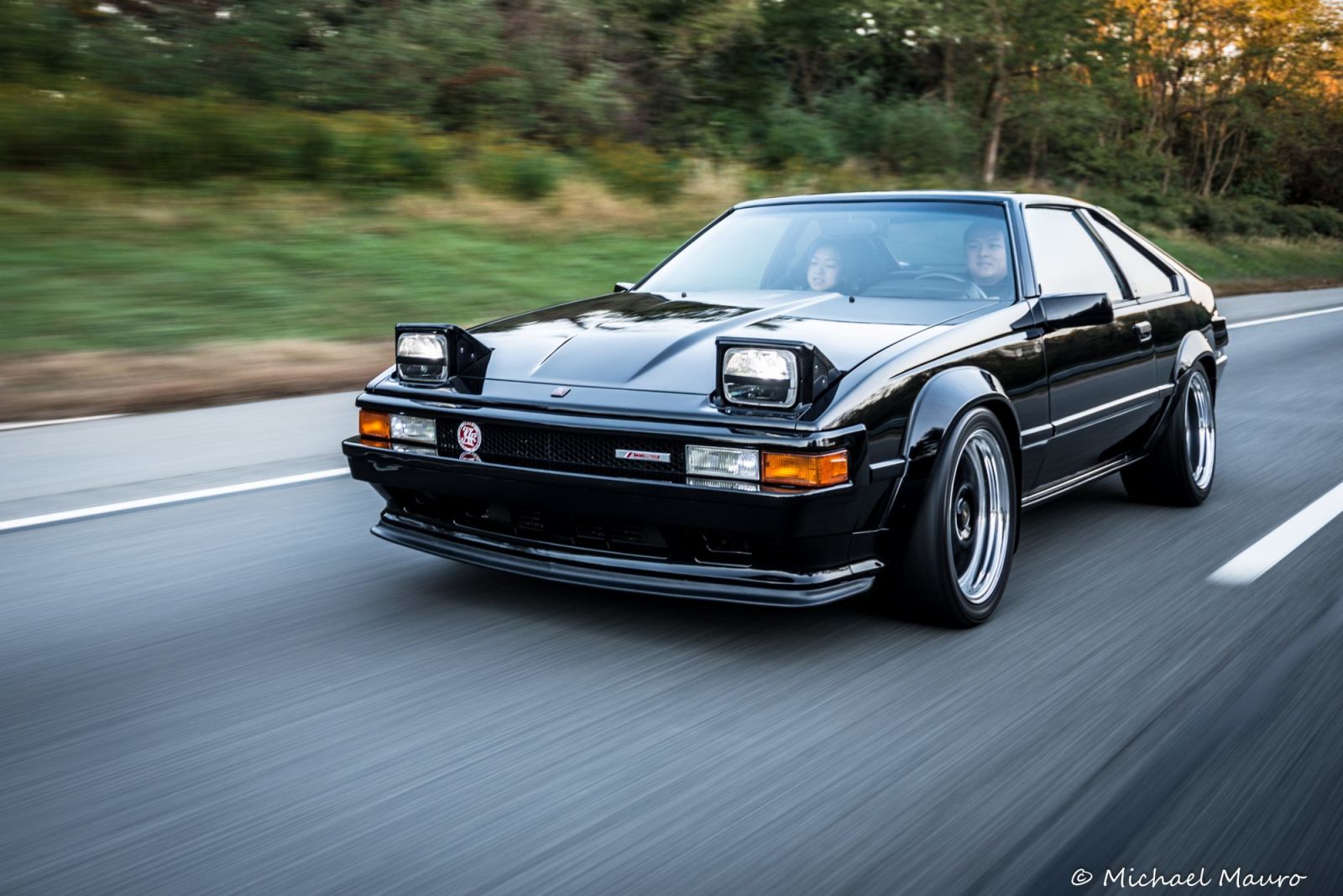
From 1978 to 1986 the Toyota Supra was not built on a standalone platform, it was largely the same as the Celica. While this isn’t everyone’s first image of the Supra’s heyday, this period certainly planted the seed of the car’s future allure. More importantly for the engineering team looking to justify the program, using an existing platform as a basis helps to reduce costs dramatically, especially nowadays with platform development costs well into the hundreds of millions of dollars.
While pairing up with BMW certainly helped Toyota to reduce development costs associated with the A90 Supra, the A86 Supra would’ve already inherited a similar cost reduction from the Toyota-Subaru development project. Thus the A86 Supra would likely have avoided incurring any of the primary development costs (It’s important here to note that I said primary, AKA it would still have costs associated with chassis modification & re-homologation).
Utilize Existing Engine Programs
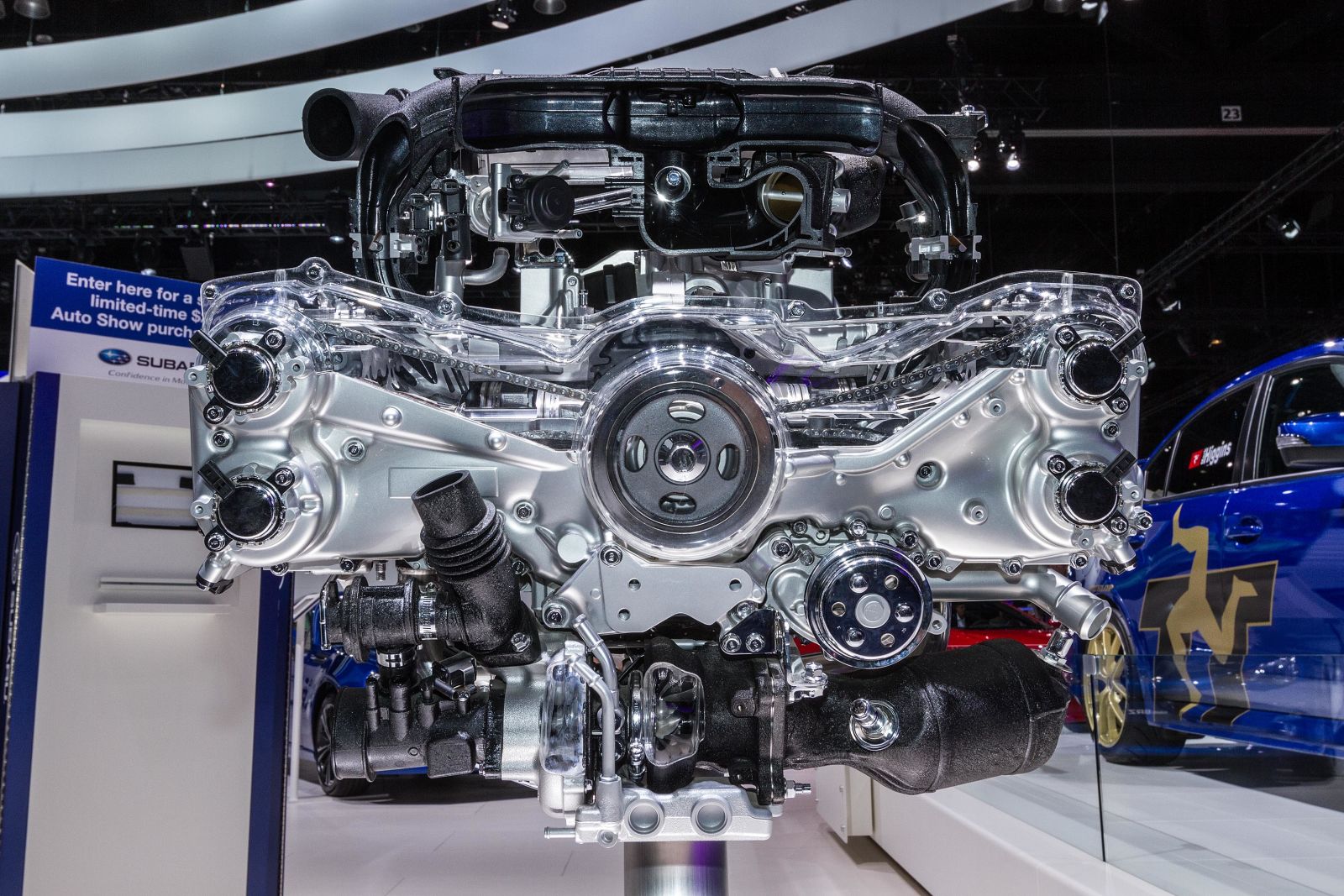
Now here is where I’ll make a few more brash assumptions, so prepare your internet skepticism now.
The base model A90 Supra is arriving with 196 HP which ignoring the weight increase, places it inline with the GT86. If we consider the weight increase however it actually places it down market from the GT86... This is mindblowing for a number of reasons, most glaringly that the GT86 will undoubtedly cannibalize sales of the base model Supra.
Moving up to the more interesting trims however, first the mid-level trim coming in at 255 HP. The Subaru WRX runs the FA20F at 268 HP in the USDM market... Honestly I don’t understand why this engine wasn’t brought into the platform in general, but for this target market it fits perfectly.
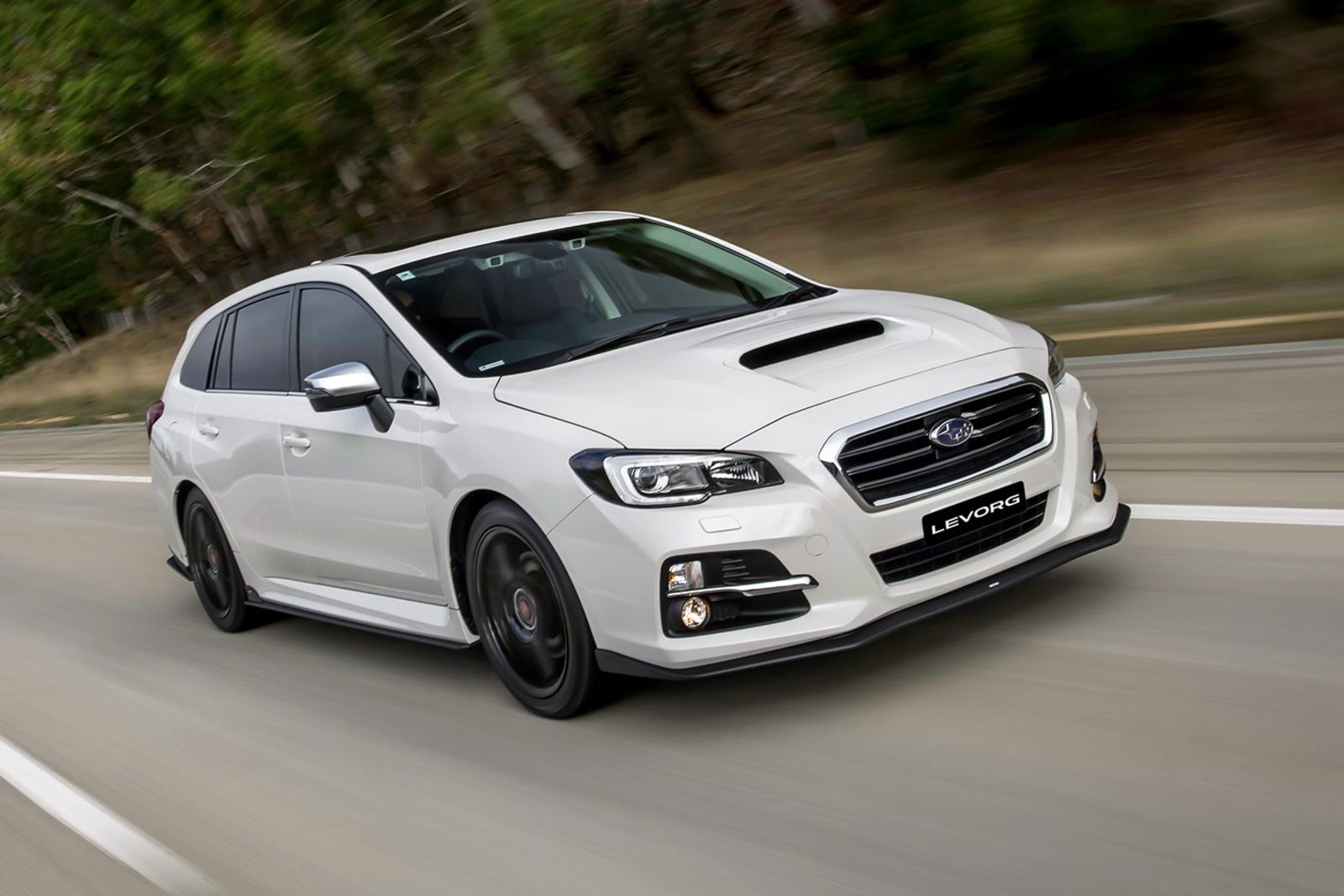
Finally the one everyone cares about, the REAL Supra. The hotboi’s wet dream, the car suited to get everyone hot and bothered, the top-trim turbo Supra... I’ll throw out two practical options here, one utilizing BMW’s S55, the other a hypothetical hot FA24F.
- S55 A86 Supra
First of all, the engine would certainly fit. 2JZ swaps into the 086A chassis are relatively common, and don’t require too much massaging. Weight distribution wise some work would be ideal but not insurmountable to maintain the 53/47 split (FA20 is 171 kg while the S55 is 205 kg, this equates to ~54/46). All in you’re looking at a 335 HP Supra and minimal weight increase (likely even with the FA20F). Where this engine does step out in front is in its aftermarket potential, with some examples supposedly eclipsing 600 HP on pump gas & stock internals) - FA24DIT A86 Supra
This one requires a bit of speculation that 1) the FA24 would even be emissions certifiable in the US, and 2) that the FA24 block is capable of seeing an equal HP/L figure as the top trim FA20DIT. If it is you’d have a 2.4L boxer putting down 355 HP, likely with the potential to see north of 600 HP in highly tuned trim (again, assuming similar HP/L figures).
A86 Toyota Supra
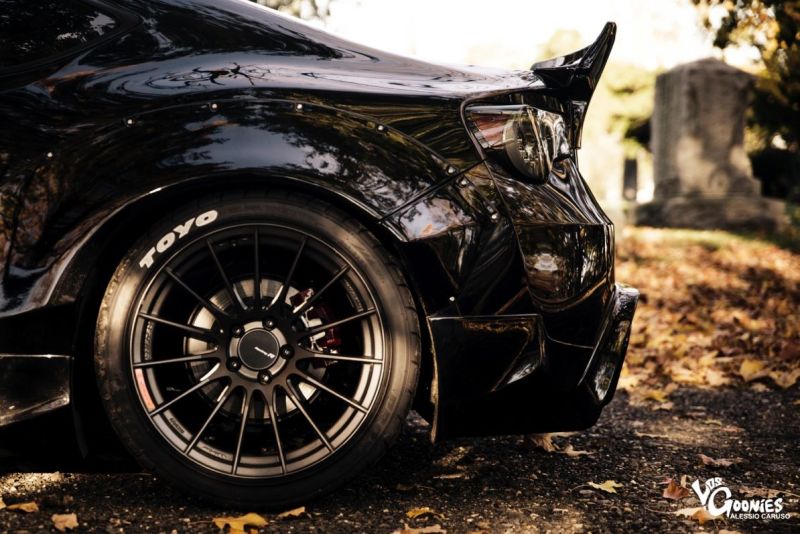
Given everything above, here’s where I would’ve gone with the A86 Supra...
Chassis...
- Base...
This would simply BE the GT86. No changes made. - Mid...
No major changes, primary change would be a smaller offset (from +48 to +38) & larger tire size (from 215 to 245) resulting in a track width increase (1,529 mm to ~1,565 mm).
Should be possible with little/no change to quarter panel tooling - High...
Again primarily only changes to each corner, this time aligning with the spec released for the A90. Offset decrease to +22 & tire sizes [255/275], thus giving a track of [1565/1590] mm.
Would obviously require new quarter panels at a minimum
Performance
- Base...
Engine: Normal FA20, 201 HP & 156 LB*FT
0-60: 6.2 sec - Mid...
Engine: Normal WRX FA20F, 268 HP & 258 LB*FT
0-60: ~5.0 sec
Assuming curb weight of ~1,320 kg - High...
Engine: FA24DIT, ~355 HP & 350 LB*FT
0-60: ~4.2 sec (Manual), ~4.0 sec (DCT)
Assuming a curb weight of ~1,430 kg
What are your thoughts Oppo? Am I completely losing my mind or did Toyota really pull a poor move with the Supra development.